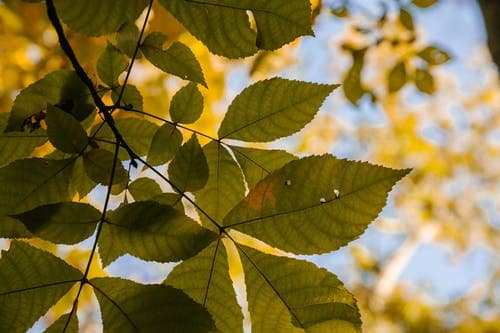Jennifer Smith writes a weekly column in the Lawrence Journal World concerning plants and other things horticultural. A veteran of the Kansas Department of Agriculture’s extension service, she plays a significant role by inspecting nurseries and greenhouses for pests that might infest local plants.
Her work is established by law. The USDA’s Animal and Plant Health Inspection Service (APHIS) runs the Plant Protection and Quarantine (PPQ) program to “safeguard U.S. agriculture and natural resources against the entry, establishment, and spread of economically and environmentally significant pests, and facilitates the safe trade of agricultural products.”
What is a pest? Weeds, algae and fungi, and insects all can damage plants. The pests may be endemic–that is, indigenous to a locale–or exotic–that is, imported from elsewhere. A pest creates an economic or environmental hazard.
The emerald ash borer is a prime example of an exotic pest. The Emerald ash borer was not identified as a problem when it first appeared in the United States. Once it was, specialists tried all sorts of mitigation strategies, but they have been unable to halt its spread in the United States. Other examples of exotic pests include Canadian thistle, the Japanese beetle, and the gypsy moth.
What can citizens do to assist in the difficult effort to detect, trace, and enforce against infestations?
- Avoid monoculture and mix species in your landscape
- Shop for plants locally
- Plant species native to Kansas
- Take time to identify problems that may occur in plants in your landscape
